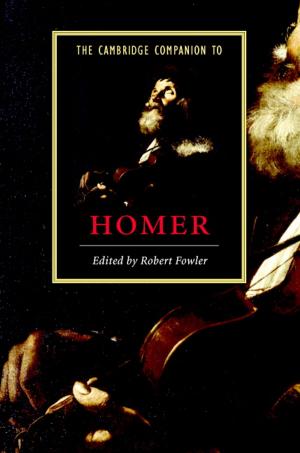Tactus, Mensuration and Rhythm in Renaissance Music
Nonfiction, Entertainment, Music, Theory & Criticism, Theory, Songbooks, Musical Scores| Author: | Ruth I. DeFord | ISBN: | 9781316234846 |
| Publisher: | Cambridge University Press | Publication: | April 23, 2015 |
| Imprint: | Cambridge University Press | Language: | English |
| Author: | Ruth I. DeFord |
| ISBN: | 9781316234846 |
| Publisher: | Cambridge University Press |
| Publication: | April 23, 2015 |
| Imprint: | Cambridge University Press |
| Language: | English |
Ruth I. DeFord's book explores how tactus, mensuration, and rhythm were employed to articulate form and shape in the period from c.1420 to c.1600. Divided into two parts, the book examines the theory and practice of rhythm in relation to each other to offer new interpretations of the writings of Renaissance music theorists. In the first part, DeFord presents the theoretical evidence, introduces the manuscript sources and explains the contradictions and ambiguities in tactus theory. The second part uses theory to analyse some of the best known repertories of Renaissance music, including works by Du Fay, Ockeghem, Busnoys, Josquin, Isaac, Palestrina, and Rore, and to shed light on composers' formal and expressive uses of rhythm. DeFord's conclusions have important implications for our understanding of rhythm and for the analysis, editing, and performance of music during the Renaissance period.
Ruth I. DeFord's book explores how tactus, mensuration, and rhythm were employed to articulate form and shape in the period from c.1420 to c.1600. Divided into two parts, the book examines the theory and practice of rhythm in relation to each other to offer new interpretations of the writings of Renaissance music theorists. In the first part, DeFord presents the theoretical evidence, introduces the manuscript sources and explains the contradictions and ambiguities in tactus theory. The second part uses theory to analyse some of the best known repertories of Renaissance music, including works by Du Fay, Ockeghem, Busnoys, Josquin, Isaac, Palestrina, and Rore, and to shed light on composers' formal and expressive uses of rhythm. DeFord's conclusions have important implications for our understanding of rhythm and for the analysis, editing, and performance of music during the Renaissance period.















